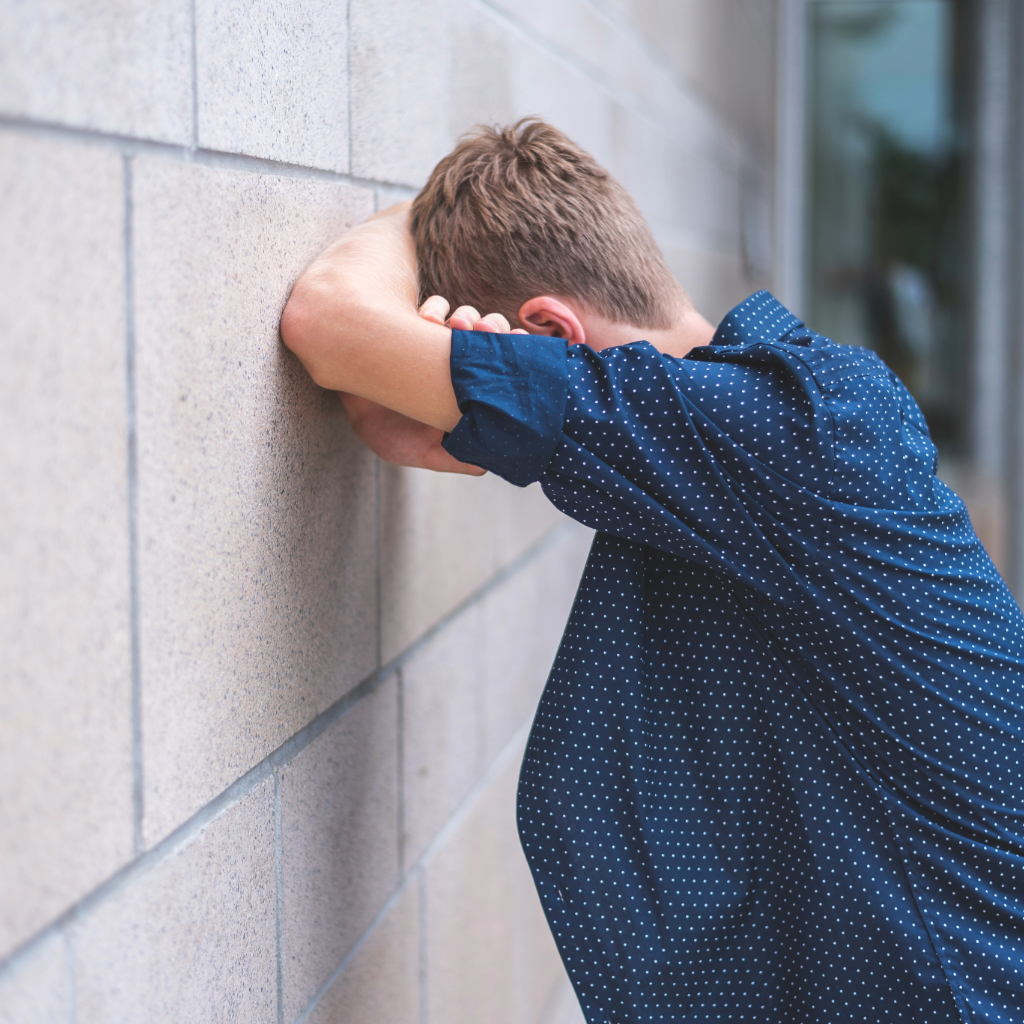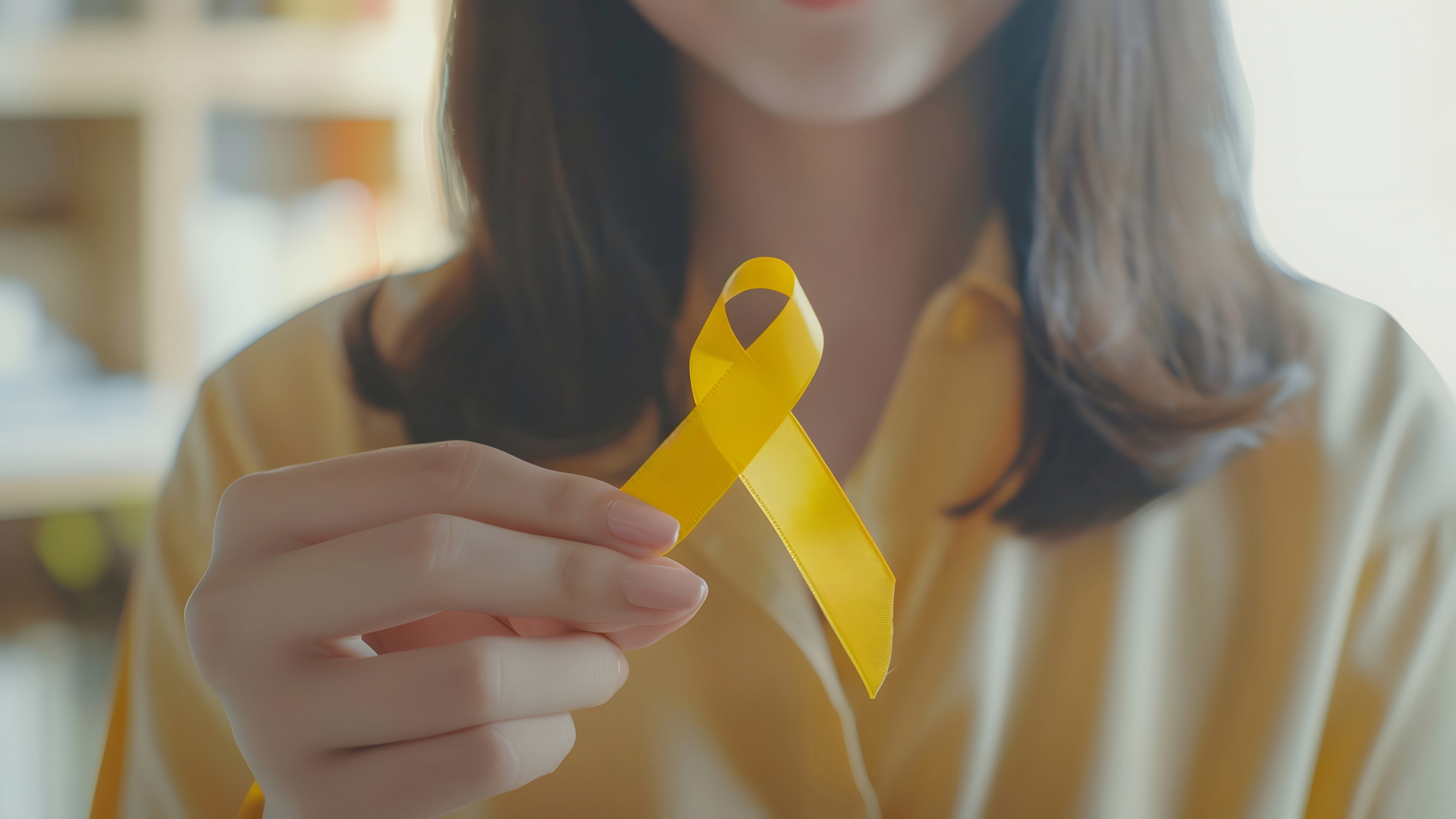Table of Contents
What measures can I implement for suicide prevention and support those at risk?
Talking about suicide is never easy, but it is necessary. Often, those who struggle with suicidal thoughts do so in silence, feeling isolated or misunderstood. Most importantly, however, we can remind them that they are not alone. This GateHouse Treatment blog doesn’t offer definitive answers but opens an honest conversation where you can find information, resources, and, above all, hope.
In the United States, suicide is one of the leading causes of death, especially among young people. According to the World Health Organization, more than 700,000 people commit suicide each year, and rates among young people have increased significantly in the last decade. Behind these statistics are lives, families, and friends who feel the impact of loss. Without a doubt, suicide prevention is vital.
Understanding a Little More About Suicide Prevention
Listening. Such a simple action is the first and most essential step in suicide prevention. Most people with suicidal thoughts are going through emotionally difficult times, feeling trapped and hopeless. As many suicide prevention resources as there are, the truth is that most people at risk feel more comfortable talking to a loved one.
If someone approaches you with thoughts of harming oneself, please listen without being judgmental or getting upset. While hearing that a loved one does not want to live is a distressing situation, responding emotionally or abruptly may cause the crisis to escalate.

Although many people may have suicidal thoughts at some point in their lives, when someone expresses these thoughts, you shouldn’t take them lightly or minimize them.
Warning Signs: How to Recognize Suicidal Ideation?
Many times, those who are considering suicide do not necessarily tend to express their desires verbally, but they may show signs that allow us to intervene before it is too late. According to the National Institute of Mental Health, these are some common signs:
- Talking about suicide or expressing wishes to die
- Social isolation or withdrawal from friends and family
- Drastic changes in behavior, such as changes in appetite, sleep, or energy
- Hopelessness or feelings of being trapped, with no way out of problems
- Giving away important belongings or giving away valuable items
- Increased use of substances such as drugs or alcohol
- Mood swings, agitation, and aggressive behavior
- Impulsivity and rebelliousness
- Buying objects that could cause harm, such as pills or weapons
Recognizing these signs is not always easy, but being alert and ready to act can make a difference.
Risk Factors: Who Are Most Vulnerable?
Suicide does not discriminate, but there are certain social groups and situations that may increase the likelihood that a person will consider suicide. Among the most relevant risk factors are:
- Dealing with depression, anxiety, or personality disorders and not getting treatment
- Substance abuse, which can amplify feelings of hopelessness
- Family history of suicide or domestic violence
- Significant losses, such as the death of a loved one, divorce, or job loss
- Stigma and discrimination, especially among vulnerable groups such as the LGBTQ+ community
- Experienced trauma
- Physical health problems
- Access to firearms
- Those in isolation and with little social support
- Difficult financial situations

According to the CDC, 49,000 people committed suicide in 2022. Males, residents of rural areas, and people of ethnic and racial groups such as American Indian/Alaska Native people are the most affected. Other risk factors are related to economic, local, and social conditions, such as:
- Lower health coverage
- Limited internet access
- Lower-income
Youth and Suicide: A Growing Crisis
The increase in teen suicide rates is alarming. Factors such as bullying, social networking, academic pressure, and lack of emotional support at home are just some of the reasons behind this phenomenon. Adolescence is already a time of change and uncertainty, and for some, those challenges become an overwhelming burden.
According to Youth.gov statistics, suicide is the second leading cause of death among 15-24-year-olds. And approximately 1 in 15 high school students attempt suicide each year.
Teens may also have difficulty expressing their emotions or finding healthy stress coping mechanisms, which puts them at greater risk. Talking openly with young people about their feelings and showing them that they are not alone is crucial to suicide prevention.
Protective Measures: What Can We Do For Suicide Prevention?

Preventing suicide requires a comprehensive approach. Here are five key steps that can make a difference:
- Create emotionally supportive spaces: Foster a culture of dialogue in our families, schools, and communities where people feel safe sharing their emotions.
- Share the available resources: Helplines, such as the 988 Suicide & Crisis Lifeline, offer 24-hour assistance. Knowing where to turn in times of crisis can save lives.
- Access to mental health services: Although many people still face the stigma associated with these services, receiving treatment from specialized professionals is essential to suicide prevention. Proper care not only provides practical tools for coping with difficult situations but also offers invaluable emotional support in times of crisis.
- Eliminate access to lethal means: Reducing access to weapons, medications, or dangerous substances is one of the most effective ways to prevent suicide.
- Promote mental health education: Early education about mental health can change lives, both individually and collectively.
- Foster support networks: Encourage people to connect with people who can provide emotional guidance and help, such as family, friends, and professionals.
- Connecting to purpose: Helping people find a sense of purpose or strengthening their connection to spiritual beliefs can be a powerful mechanism during a crisis. Finding a purpose contributes to improved mental and emotional health and significantly reduces the risk of suicidal behaviors.
GateHouse Treatment Recognizes the Importance of Being Present
Suicide prevention is not only the responsibility of healthcare professionals but of all of us. Listening, supporting, and acting when we notice warning signs in our loved ones can make the difference between life and death. If you or someone you know is struggling, there is hope, and there is help. Prevention starts with a conversation, being willing to listen, and, most importantly, showing that we care.
If you or a loved one are dealing with suicide risk factors like addiction, contact GateHouse Treatment at (855) 448-3588 or schedule a free consultation. We are here to help 24/7!
- Fentanyl Misuse: Awareness and Prevention - March 14, 2025
- High-Functioning Alcoholic: 5 Steps to Identify if You Are One of Them - February 23, 2025
- Rehab and Cancer Prevention: How Overcoming Addiction Reduces Risk - February 11, 2025




